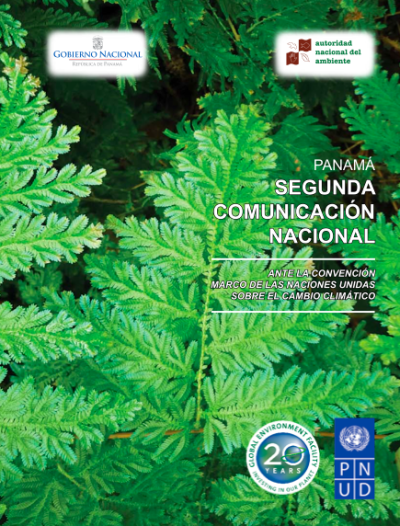Panama is located in Central America and borders both the Caribbean Sea and the North Pacific Ocean. Marking the transition point between North and South America, the Republic of Panama has one of the most developed economies in Central America. It lies at 9 00 N and 80 00 W and has an area of 75 420 square kilometres. It has a tropical climate and is hot and humid. It has a long rainy season from May to January and a short dry season January to May. There are occasional severe storms and forest fires in the Darien area. The interior of Panama is mostly steep, rugged mountains and upland plains. Its coastal areas are largely plains and rolling hills. Panama’s natural resources include copper, mahogany forests and hydropower. There is deforestation of tropical rainforests and mining threatens natural resources.
Much of its economy (70 per cent of Gross Domestic Product, or GDP) depends on a service sector that includes the Panama Canal, banking, tourism and healthcare (USDS, 2010). Agriculture (including livestock and timber) forms only a small portion (6.2 per cent) of the country’s GDP (USDS, 2010). Although about 30 per cent of Panamanians live in poverty, this level has been declining in recent years (CIA, 2011).
Land degradation and soil erosion threatens the siltation of Panama Canal. The water in Panama is being polluted by agricultural runoff and this is threatening fishery resources. The Global Environment Facility has provided funding to reduce Panama’s greenhouse gas emissions through an increase in carbon sequestration. The project’s specific objective is to promote sustainable rural development and environmental management in the Province of Veraguas.
Like most countries in the region, Panama has submitted only one National Communication to the United Nations Framework Convention on Climate Change (UNFCCC) in 2000 laying out the actions that the government has already taken and the analytical basis for its policy response to climate change and its commitments to take future actions within an official international framework. The National Communication establishes the National GHG Inventory with 1994 as its base year, it includes vulnerability and adaptation studies to climate change for water resources, coastal area and the agricultural sector and mitigation options for the forestry sector. It concludes by underscoring the necessity of development of a national strategy on climate change.
A Second National Communication is under preparation and scheduled to be completed by 2010. It will include an update of the national GHG inventory with 2000 as its base year, as well as renewed vulnerability studies and mitigation measures for the land-use change and forestry sector.Panama is also in the process of developing a National Climate Change Strategy which will include the establishment of a program responsible for the periodic update of the national communications, a national climate change mitigation strategy, and adaptation strategy to climate change as well a program fostering national scientific research on climate change.
Latest Publications
See allThe creation of a National Communication offers countries the opportunity to contribute with technically sound studies and information that can be…


